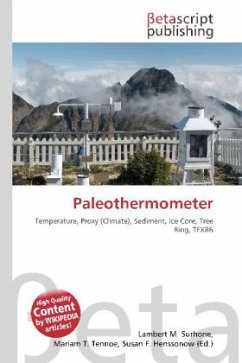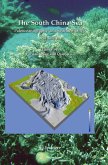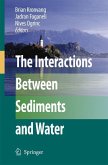Please note that the content of this book primarily consists of articles available from Wikipedia or other free sources online. A paleothermometer is a methodology for determining past temperatures using a proxy found in a natural record such as a sediment, ice core, tree rings or TEX86. There is a slight thermodynamic tendency for heavy isotopes to form bonds with each other, in excess of what would be expected from a stochastic or random distribution of the same concentration of isotopes. The excess is greatest at low temperature, with the isotopic distribution becoming more randomized at higher temperature. Along with the closely related phenomenon of equilibrium isotope fractionation, this effect arises from differences in zero point energy among isotopologues. Carbonate minerals like calcite contain CO32 groups that can be converted to CO2 gas by reaction with concentrated phosphoric acid. The CO2 gas is analyzed with a mass spectrometer, to determine the abundances of isotopologues.
Bitte wählen Sie Ihr Anliegen aus.
Rechnungen
Retourenschein anfordern
Bestellstatus
Storno








